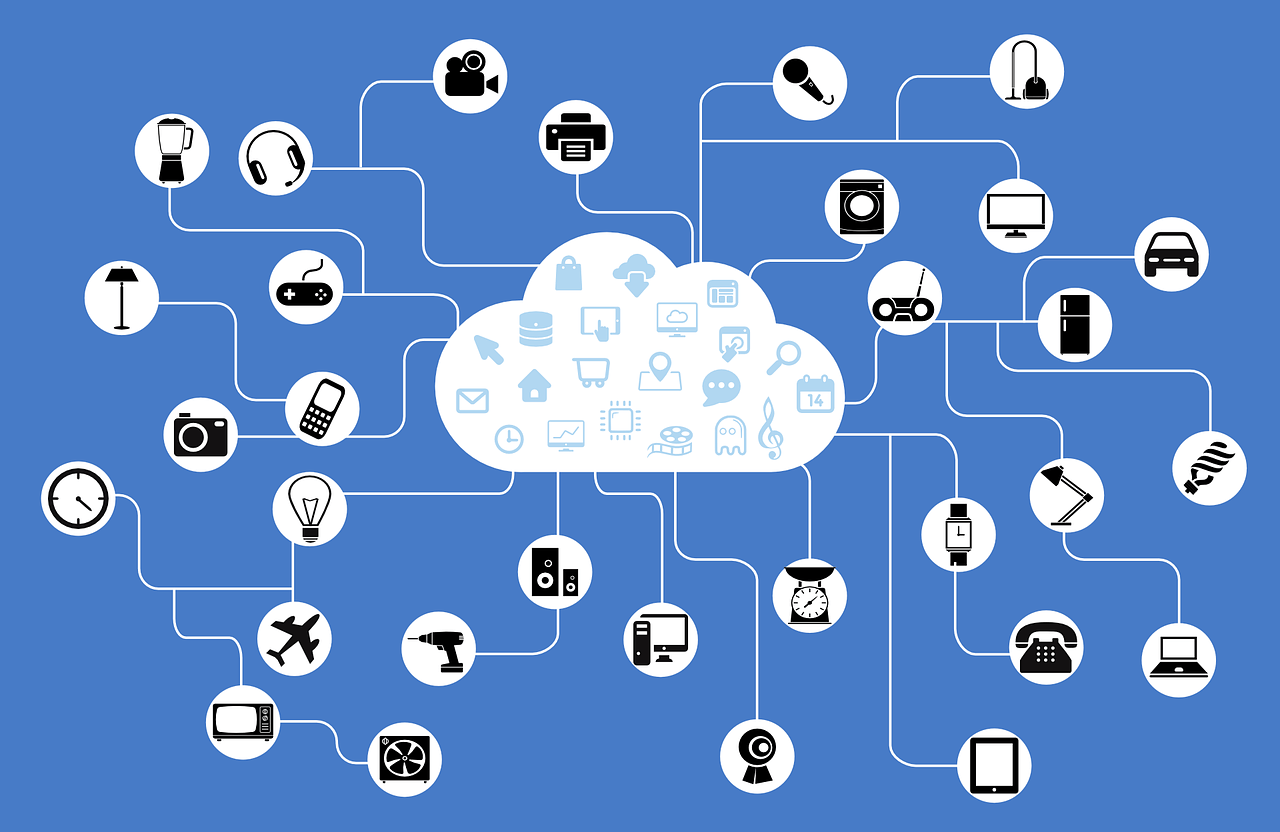Did you know students residing in rural areas have a hard time finishing their homework only because they don’t have access to a strong and reliable internet connection? This is the age of digital learning and to see that some students in the rural area are struggling with it is pretty mind-boggling. However, this problem is about to be solved and we are here to discuss how.
Poor internet coverage in rural areas has been an issue since long. Not just students, this problem is causes headaches to everyone living in the rural vicinity alike. Over the past decade, Americans living in rural areas have tried their best to get access to the latest digital technology, but lack of access to the internet connection has always stood in their way of taking advantage of latest technology.
The digital gap between rural and urban areas of the USA still exists, but fortunately, it’s not left unaddressed. Some ISPs have gone the extra mile in ensuring that residents of rural America always have access to a top-notch internet connection that would help them meet with their needs slowly, but surely. For starters, there are a few types of internet connections available in rural areas:
- DSL Broadband
- Satellite
- Fixed Line Broadband
- Cable Internet
Among the aforementioned the types of connections in rural areas, the best one is definitely DSL Broadband and cable internet. Both transmit data packets at a faster rate than satellite and what makes them even better is that they come with large data allowance and often no data caps. This means, if you’re a Netflix fan then a DSL broadband or a cable internet connection such as that from Spectrum would make your life extremely easy.
For rural areas residents finding a pocket-friendly internet package is often a quest. However, with Mediacom internet packages they can experience a super-fast internet connection at affordable rates, and that too, without worrying about hidden charges or speed throttling.
Top ISPs in Rural Areas
Spectrum
Why Choose Spectrum Internet?
- Type of connection – Cable Internet
- Internet speeds starting from 200 Mbps (depending on area)
- No Data Caps
- Secure connection with Free Antivirus
- Super-responsive customer support team that’s available 24/7
Xfinity
What makes Xfinity our choice?
- Type of connection – Cable Internet
- Unprecedentedly fast internet speeds starting from 15 Mbps up to 250 Mbps
- Affordable price tags
CenturyLink
Why Opt for CenturyLink?
- Type of connection – DSL Broadband
- Download speeds starting from 20 Mbps up to 940 Mbps
- No hassle of contracts
- Extremely affordable internet packages
Windstream
What makes Windstream Internet worth your shot?
- Type of connection – DSL Broadband
- Download speeds up to 1000 Mbps
- No data caps
- No contracts to keep you bounded
AT&T Internet
Why choose AT&T?
- Type of connection – DSL Broadband
- You can enjoy maximum download speeds up to 1000 Mbps
- AT&T is the 2nd largest DSL internet provider
The demand for a fast and stable internet connection has been on a rise in the rural areas of the USA. In some areas, the problem of the digital divide still exists. Many rural households are still deprived of high-speed internet, which may sound like a scenario of a movie from medieval times. The reason why it has taken so long for rural areas to experience better internet connection is because of the hefty funds it requires. But, you know what they say, it is better late than never, right?
How Can the Internet be Stable in Urban and Rural Areas Alike?
After all these years, high-speed internet still hasn’t been able to penetrate itself completely into the rural belt of America. To address this problem, ISPs can either go down the ‘wired’ route or the ‘unwired’ one. By ‘wired’ solution we mean that ISPs can get serious about stretching their DSL and Fiber Optic footprint to the rural patches of the USA so that there is an equal opportunity of using the internet for everyone, at pocket-friendly rates, which the residents can easily afford.
As for the wireless option, in our opinion it is the most suitable one. Given that rural areas are remotely located, spreading a web of cables from the main source of the internet to such areas will only result in weakened signals. Therefore, if satellite broadband or the new 5G technology promises to meet with the rising needs of the rural residents, then that day is not far when all of the USA will boast the same quality internet, and there’ll be no impasse of the ever-so-dreaded Digital Divide.

